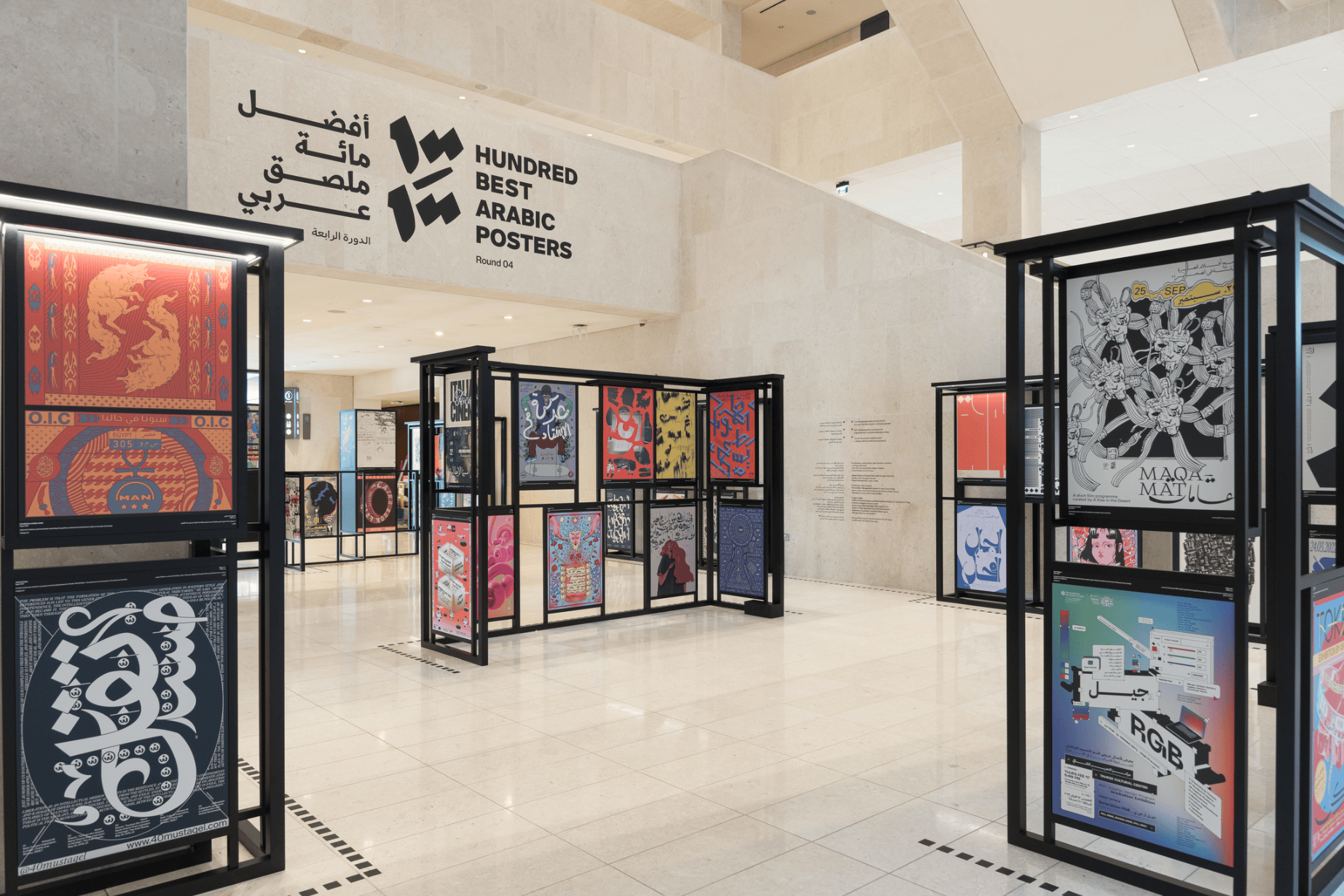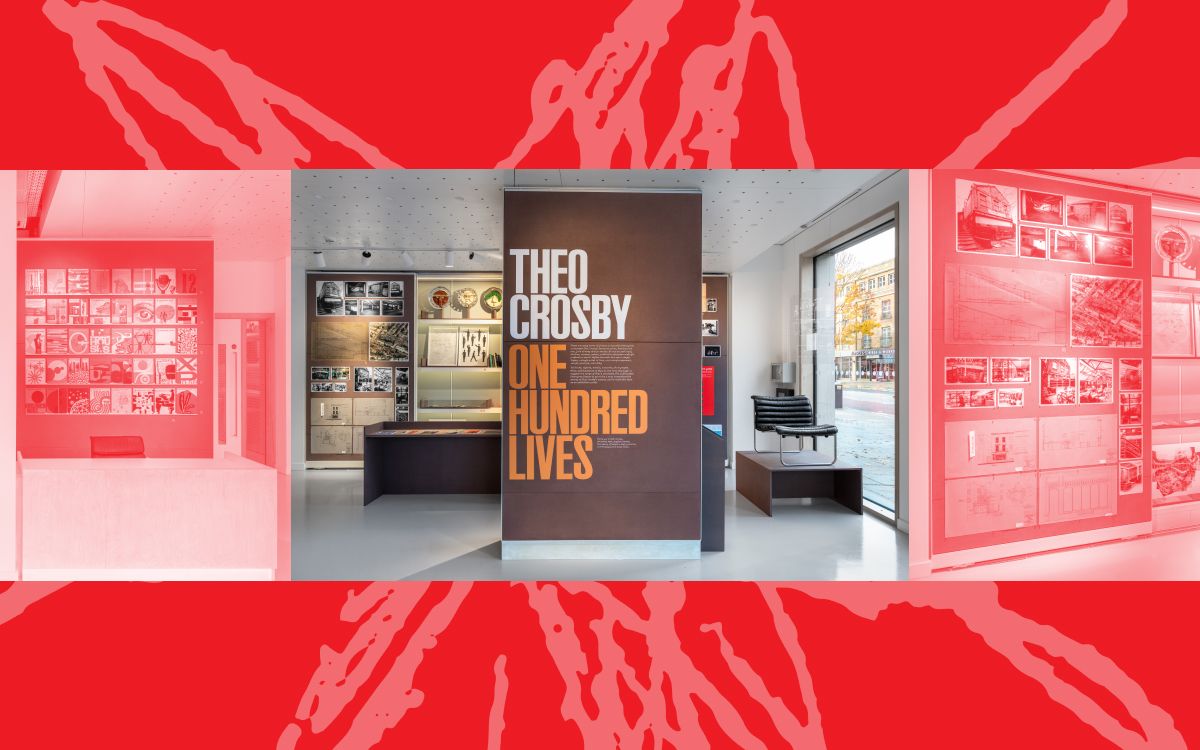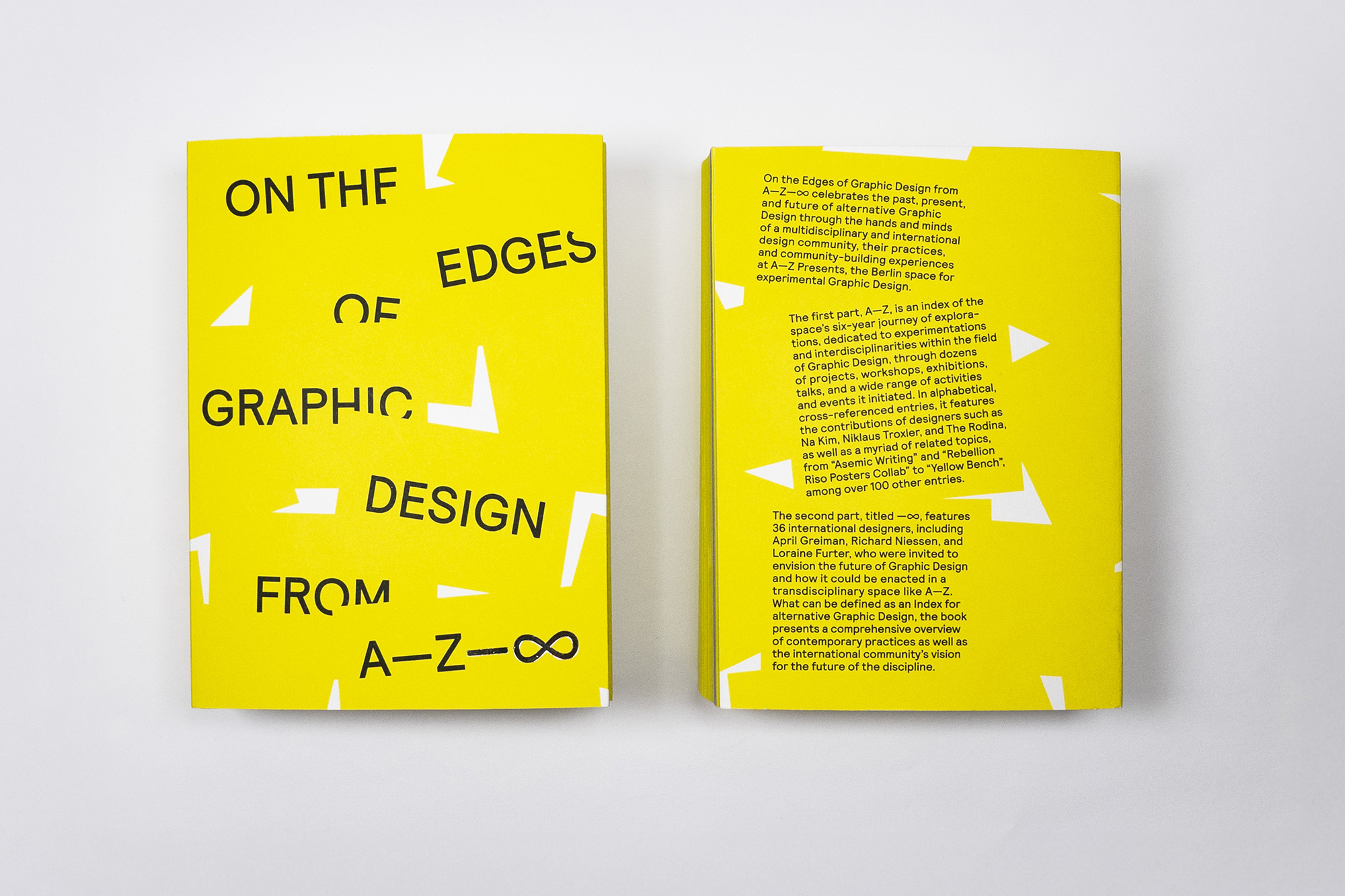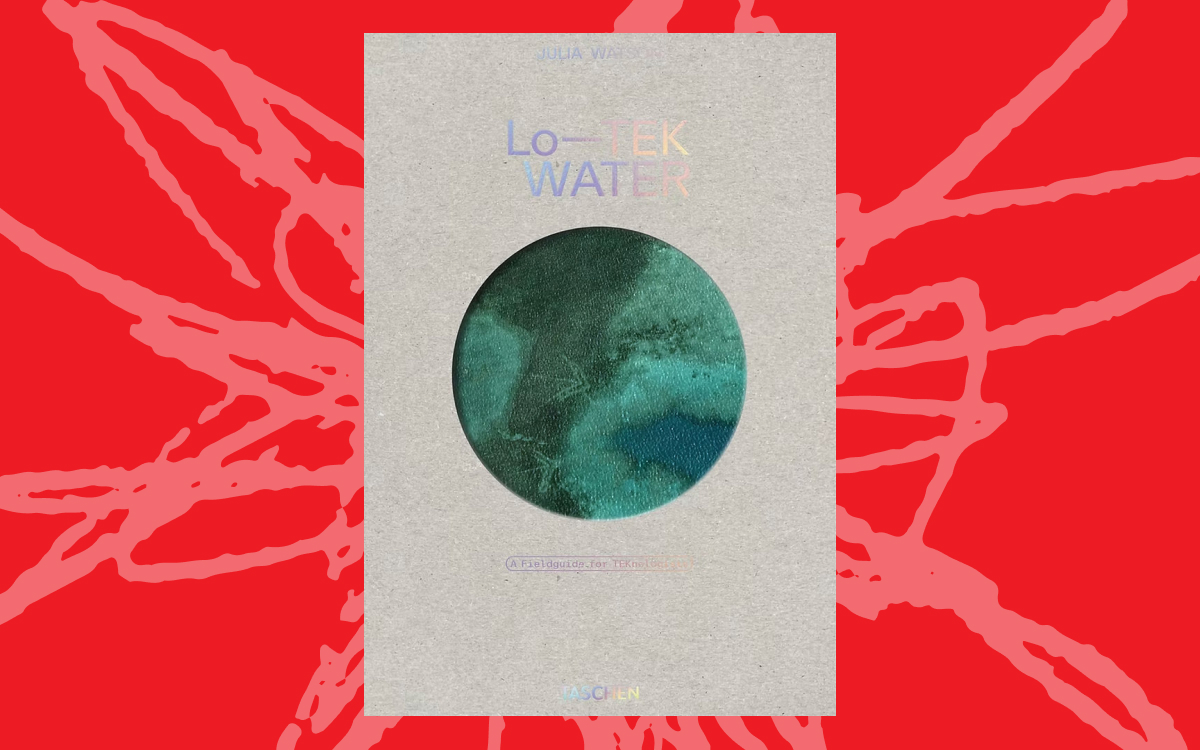Glenn Adamson was on the show back in 2021, after the release of his latest book Craft: An American History, and it seems he’s been busy since. Most recently, he was the artistic director of Design Doha, a landmark biennial dedicated to creative innovation in Qatar that opened on February 24. Focused on highlighting work from the region, the biennial combines Adamson’s interest in art, design, and craft to tell a new story about design. We caught up with Glenn to hear how he got involved with the project and what he learned in the process. We also hear a little about his new book, coming later this year!
Design Doha is a new biennial dedicated to fostering design culture and excellence in Qatar. How did you get involved with the team?
My connection initially came through designers who were working in Doha, including Najla El Zein (whose sculptural seating for the Flag Plaza is one of the largest and most impressive design commissions of the century) and Joris Laarman, who was already at work on the Doha Dragon, which we installed for the biennial. I work closely on curatorial and writing projects with Friedman Benda, the leading NYC gallery that represents both of those artists, and it was through this connection that I was invited to join the project as Artistic Director.
As artistic director — and as someone fairly new to the region — what were your goals for the Biennial? What do you hope this year’s exhibitions communicate?
Though I think anybody involved in design would be interested in this project - given the revelatory view it’s giving to the emergent scene in the Arab or MENA (Middle East and North Africa) region - for me there is a particular relevance because so much of my work has focused on craft. I don’t think of this as a separate category from art and design – more as a way of getting things done expertly within those spaces. From what I have seen, this is a particularly strong aspect of design in the region, which is partly to do with the vitality of ongoing traditions of stonework, textiles, ceramics, woodwork, etc, and partly to do with the relatively limited footprint of mass production. For many Arab designers, outsourced fabrication by machine is just not an option so they either master making skills themselves or work closely with artisans. I find the works that result from this intensive investment in process and materiality to have an integrity and beauty that you can’t get to any other way.
This story is exclusive to Substack subscribers.
Already a supporter? Click here to read the entire story.




